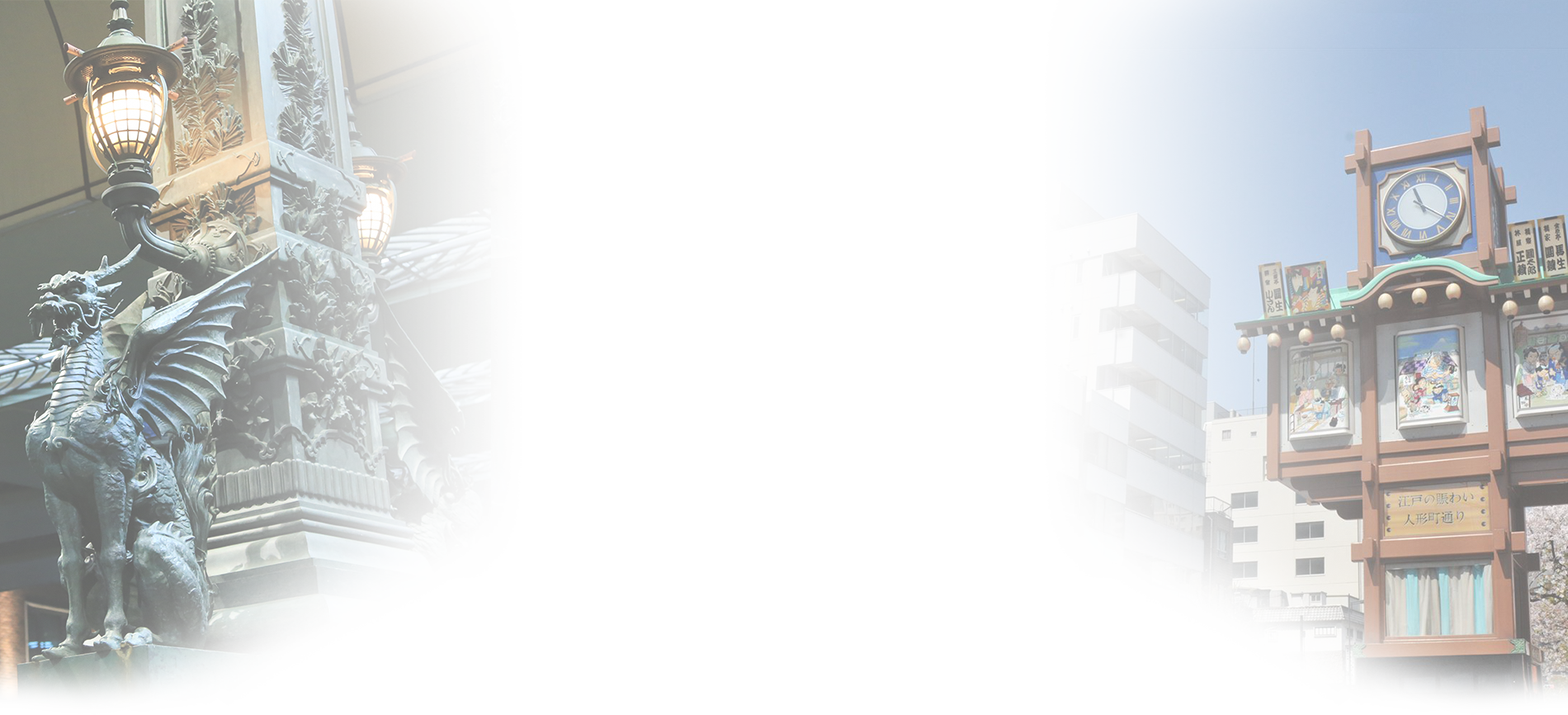
Updated:January 18, 2023
Earthquakes
Japan is one of the world’s most earthquake-prone areas. Major disasters Since it has been said that a large earthquake could occur in the near future in the Kanto region—which includes Tokyo—or the Tokai region, it is important to always be prepared.
Preparation for Earthquakes
- Take measures to prevent large furniture and storage items such as wardrobes, cupboards, refrigerators, bookshelves from falling over by securing them to walls with fall-prevention equipment. In addition, take measures to prevent glass of windows and screens from shattering.
- Prepare enough water so that each person in your household has at least three liters of drinking water every day for approximately 3 days.
- Prepare items that may be considered necessary such as emergency food, radios, flashlights, batteries, towels, blankets and medicine. Also make sure to have copies of your passport, the residence card, and other necessary documents ready.
- It’s important to have a makeshift toilet, since sanitation services may be cut off.
- Regularly discuss contact methods, evacuation areas and other earthquake preparations with your family.
In the Event of an Earthquake
If You Are in a Place with Many People, such as on a Busy Street or at School
- Do not panic and rush to the exit or stairs.
- Do not use elevators, as they may stop running due to power failure.
- If you are indoors, watch out for things falling from above and flying glass.
- If you are outdoors, watch overhead and protect your head with a bag or other item because pieces of glass, building walls and signs from uildings may fall down. Seek temporary shelter in a sturdy building.
If You Are at Home
- Take cover under a table, and protect yourself from cabinets or other furniture that may fall.
- Turn off gas appliances, stoves, etc.
- Open doors and windows to secure an evacuation route.
- Wear shoes so that you are not injured by broken glass and other obstacles.
- Do not rush outside, as there may be falling objects.
- Aftershocks occur when there are large earthquakes, so be careful.
If You Are Driving
- Decrease your speed gradually if you feel an earthquake and pull over to the left side of the road so that you do not block the path of emergency vehicles such as police cars and fire trucks.
- Leave the key in the ignition so that your car can be moved in an emergency, do not lock the doors, and evacuate on foot.
Types of Evacuation Sites
Designated Evacuation Sites
The city has designated evacuation sites where residents can stay if a disaster threatens public safety. Residents can stay at these sites until the danger of the disaster has passed, or even temporarily live there if unable to return home due to the disaster.
Chuo City Designated Evacuation Sites
- Disaster prevention bases (evacuation sites): 23 locations
These evacuation sites are facilities where people who cannot live at home after a serious disaster such as a major earthquake strikes can live for a time. - Secondary bases: six locations
If the number of evacuees outnumbers the space available in the disaster prevention bases, secondary bases (mostly as sleeping quarters) will open in public facilities in the area. - Welfare shelters (17 locations to be opened as setup is completed)
These welfare shelters are for residents who have difficulty staying at a disaster prevention base, such as an elderly person who needs special care or someone with disabilities.
Designated Emergency Evacuation Sites
The city has designated facilities and other locations as emergency evacuation sites so that residents can evacuate when a disaster strikes or when there is a possibility of a disaster. These sites differ depending on the disaster, such as floods or tsunamis.
Chuo City Designated Emergency Evacuation Sites
- Earthquake: the 23 disaster prevention bases (evacuation sites) and Hot Plaza Harumi
- Large-scale fire: The four safety evacuation areas (Area around Akatsuki Park, Harumi Area, Shinkawa Twin Building Area, Tsukuda River City Area)
* The Tokyo Metropolitan Government designates safety evacuation areas as places to evacuate to when fire is spreading due to a large earthquake or other disaster. - Floods and storm surges: the 23 disaster prevention bases (evacuation sites), Chuo City Office, Nihonbashi Community Center, Tsukishima Community Center and Hot Plaza Harumi
- Tsunami: Tsukudajima Elementary School, Tsukishima Daiichi Elementary School, Tsukishima Daini Elementary School, Toyomi Elementary School, Tsukuda Junior High School and Tsukishima Community Center

Inquiries:
Disaster Preparedness Subsection, Disaster Prevention Section (Chuo City Office)
Tel:03-3546-5288
Let us know your opinions for a better website.
Related Information
- Earthquakes
- Fires
- Emergency Medical Treatment
- Crimes, Accidents - Police (Tel: 110)
- Emergency contact
- Try to Collect Information
- Becoming a Resident of Chuo City
- Tell Me About Everyday Life
- About the health and Welfare System
- Counseling Services in Foreign Languages
- Insurance/Pension/Taxes
- When a Child is Born,Tell Me About Child-rearing
- Children’s Education
- City Facilities
- Notice
- About this site
- inquiry
中央区トップページ > Multilingual > Chuo City Living Guide > Earthquakes